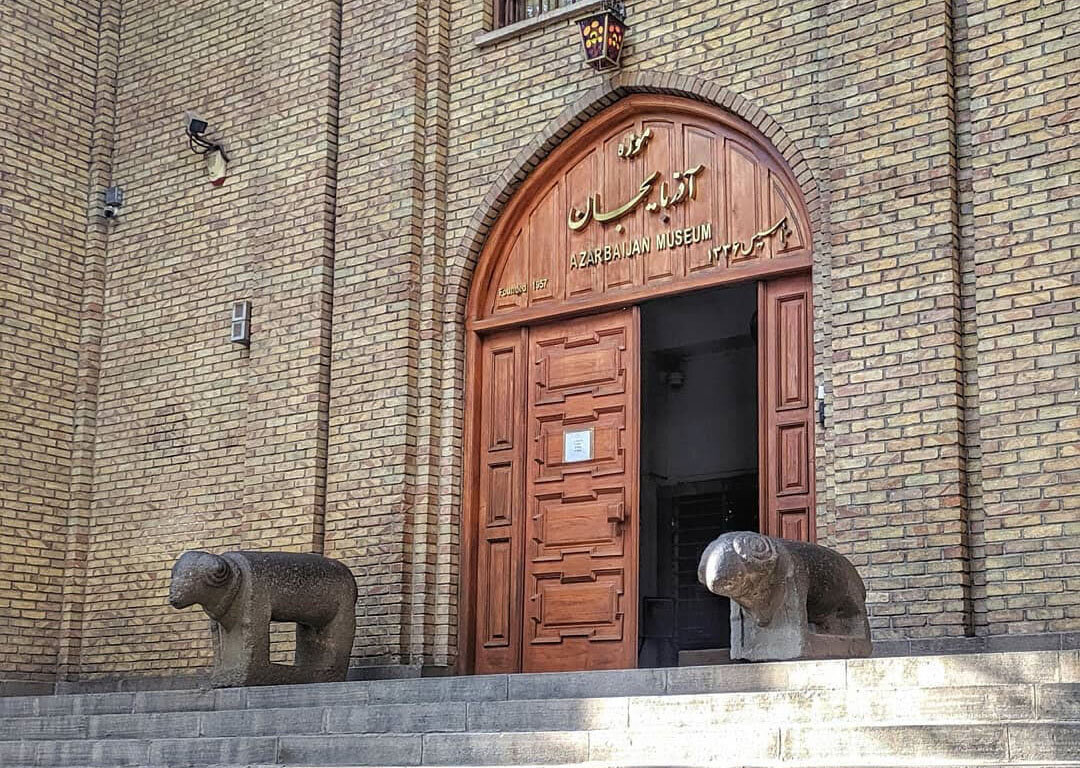Azarbaijan Museum: a treasure of history in Tabriz

TEHRAN - Located in the historical city of Tabriz, the Azarbaijan Museum is one of Iran’s most significant cultural landmarks and a must-visit destination for history and art enthusiasts.
Situated next to the renowned Blue Mosque, this museum is celebrated as Iran’s second-largest archeological museum, following the National Museum in Tehran.
Since its inauguration in 1957, the museum has served as a vital center for archeological research, artifact restoration, and cultural preservation.
It boasts an extensive collection of artifacts discovered through archeological excavations across Iran.
These exhibits span from prehistoric times to the Islamic era, offering visitors a comprehensive journey through the country’s rich history. Among the highlights is a small pottery piece dating back to the fifth millennium BC, uncovered during excavations at Tapeh Esmaeil Abad.
The museum is divided into various sections. The ground level is dedicated to prehistoric artifacts, this section showcases stone and bone objects, pottery, and Rythons—animal-shaped utensils that provide insights into early craftsmanship and daily life.
The first floor features exhibits from the Islamic era, including artifacts from the first to fourth centuries AH, such as code locks and ancient coins.
There is also a specialized library housing rare and valuable books on history, art, and archeology.
Underground galleries feature a fascinating collection of stone reliefs, including sculptures, tombstones, and inscriptions. Stone rams and other intricately carved figures reflect the artistic achievements of different eras.
For instance, there are artworks by contemporary artist Ahad Hosseini. These sculptures delve into social concepts, exploring themes of human struggle and emotions in the modern age.
A visit to the Museum offers an unparalleled opportunity to explore the artistic and historical heritage of northwest Iran. Its proximity to the iconic Blue Mosque makes it an essential stop for travelers exploring Tabriz. From prehistoric relics to contemporary art, the museum provides a unique blend of Iran’s ancient past and modern creativity.
Whether you’re a history buff or a casual traveler, Azarbaijan Museum promises an enriching and unforgettable experience in the heart of Tabriz.
Tabriz: a perfect introduction to Iran
Tabriz is a big but relaxed city, filled with hospitable people and a UNESCO-listed bazaar to explore. It is the perfect introduction to Iran for sightseers crossing over the border from Armenia, or through the Gurbulak Bazargan border from Turkey.
Downtown Tabriz is very walkable and the people are also extremely friendly, something not particularly common in big cities.
"Tabrizians are incredibly warm and hospitable. Within an hour of being in the city, we were greeted and welcomed to Iran at least a dozen times. We were practically getting whiplash from looking over our shoulders so often to see who was shouting a greeting to us," according to Alexandra Reynolds, who is an American backpacker and blogger.
Like many cities in Iran, Tabriz has a long and rich history but saw many of its historic buildings destroyed by invaders or earthquakes. Tabriz became the capital of the Mongol Il-Khan Mahmud Gazan (1295–1304) and his successor. Timur (Tamerlane), a Turkic conqueror, took it in 1392. Some decades later the Kara Koyunlu Turkmen made it their capital, it was when the famous Blue Mosque was built in the ancient city.
The city retained its administrative status under the Safavid dynasty until 1548 when Shah Tahmasp I relocated his capital westward to Qazvin. During the next two centuries, Tabriz changed hands several times between Persia and Ottoman Empire. During World War I, the city was temporarily occupied by Turkish and then Soviet troops.
AM
